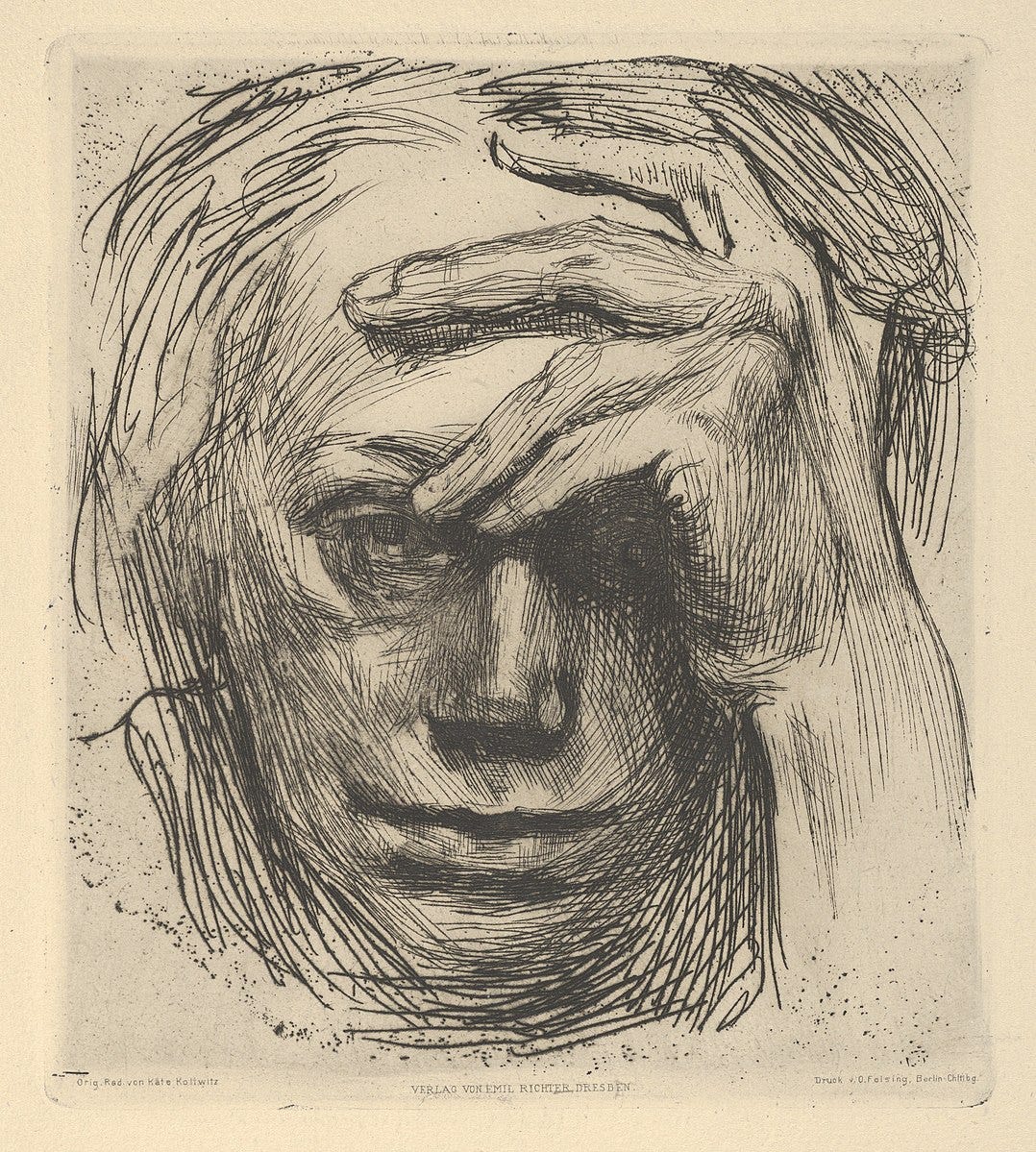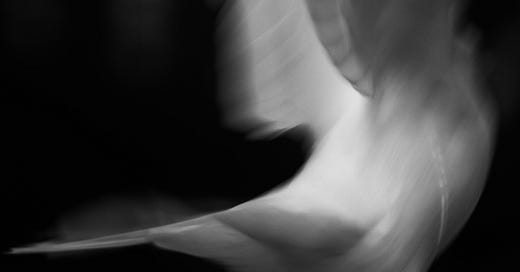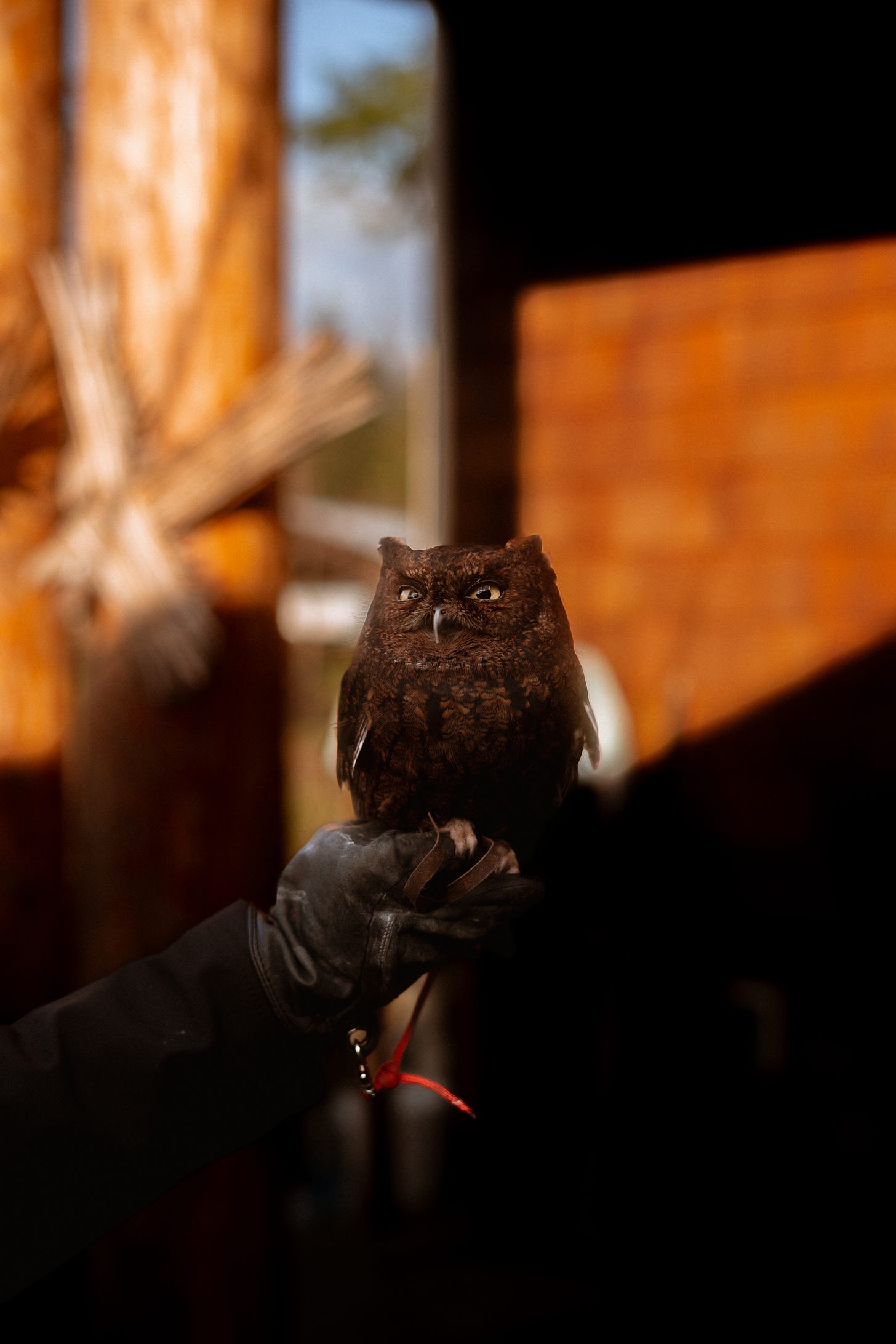Have Your Creative Goals Become a Rut?
Dusty goals, inspiration, and personal work.
There comes a point in every artist's, writer's, or creative's journey when you look up from your work and ask: Wait, why am I doing this again?
I don’t mean the big, existential why that spirals into a crisis of purpose. I mean the simpler, Why am I doing this specific thing in this specific way? kind of question.
Once a month, I call my friend Des—a fellow photographer and ex-roommate now living in London. During one of these calls, we started laughing and questioning why we tell clients we need a two-week turnaround for a photoshoot. Was it because we genuinely needed it? Or because we thought we did?
So much in the creative field is arbitrary. We set goals, establish boundaries, and build systems to make things easier. Over time, those systems become habits. And habits, helpful as they are, can lose their meaning when we stop questioning them.
It just is.
That got me thinking about my writing. A little over a year ago, I set a goal to write weekly. I’m proud to say that in that time, I’ve only missed three weeks—not bad at all. But like photography, writing weekly has become my version of the two-week turnaround. It’s a habit now, one I’m proud of—but one I haven’t questioned in a while.
It’s what I do: I write weekly. I collect articles, let ideas marinate, and then, usually on Fridays, I write like a maniac. By the time I hit “schedule,” I feel like I’ve barely managed to get the idea out.
So… why do I do this?
The goal of writing weekly has always served a bigger picture for me. Like someone learning to run, I started small: walk before you run. Just sit down once a week and write about anything. No pressure. No judgment. Just write.
And it worked. Writing is now a habit, and I’m proud of that. But is this goal still relevant? I’m not so sure. That doesn’t mean I’ll stop writing weekly, but the framework needs to evolve.
When I started out in photography, I had to simply press the shutter and keep going. Time and volume mattered. Now, as a more experienced photographer, I crave depth over quantity. It’s not about taking 100 mediocre photos but creating 10 I’m truly proud of.
Growth requires space: time to sit with an idea, plan an outing, or learn a new technique. There will always be plateaus in your creative journey, but it’s during those plateaus that you have to ask: Is this where I want to be? If the answer is yes, great. If not, it’s time to change something.
If all I ever did was “take more photos” or “just keep writing weekly,” I’d only keep doing the same thing—never really improving. Recognizing when a habit has served its purpose and upgrading it is how you move forward.
I’m already planning out the next year of writing—yes, an entire year. I’ll stay open to change, but I’m heading into it with intention. The habit is there. Now, I’m asking: What do I want to do with it?
First, I want to give myself more time to refine and rework ideas. Having the luxury to sit with an idea longer would help me feel less rushed. I'm working on creating a writing sandbox that will make this possible. I know I'm pushing beyond my comfort zone because I'm saying all the things anyone does when leveling up a skill. I'm thinking:
"But what if I change my mind?" Good news—you can.
"But what if it's hard sticking to such a strict plan?" Good news—see above.
"Ok, but a year? What's the point?" Great news—we'll find out along the way.
I know I already have the kernel inside me that knows the why, or I wouldn't be making these plans.
Goals are only worthwhile if they serve your purpose. Retiring them when they’ve become more habit than helpful is a skill worth cultivating.
What goals are you thinking about retiring?
Personal Work
Dose of Inspiration
A thought:
“…it’s painful to confront how limited your time is, because it means that tough choices are inevitable and that you won’t have time for all you once dreamed you might do.” — Oliver Burkeman, Four Thousand Weeks
An image

Käthe Kollwitz's Self-Portrait with Hand on the Forehead perfectly complements this essay, capturing that moment of creative questioning we all face. The hand on her forehead symbolizes both reflection and doubt—that pause when we ask ourselves Why am I doing this? Her self-portraits aren't mere representations; they explore the deeper purpose of creation itself.
You made it to the end! I have a little secret for you! This year I made Corey an advent calendar, and rather than just chocolate every day, I mixed in dates and other things I know he'll appreciate. This included finally booking a tour at the local wildlife rescue center, MARS. I have always had a special place in my heart for birds—they were often what I wanted to draw and study in printmaking. So this was a beautiful experience. As much as I loved all the birds we saw, Lanei's tiny size left me entranced. Their eyes (they don't know if Lanei is male or female) followed us around, and their head would swivel to get a better view if we moved. The expressions were captivating.






